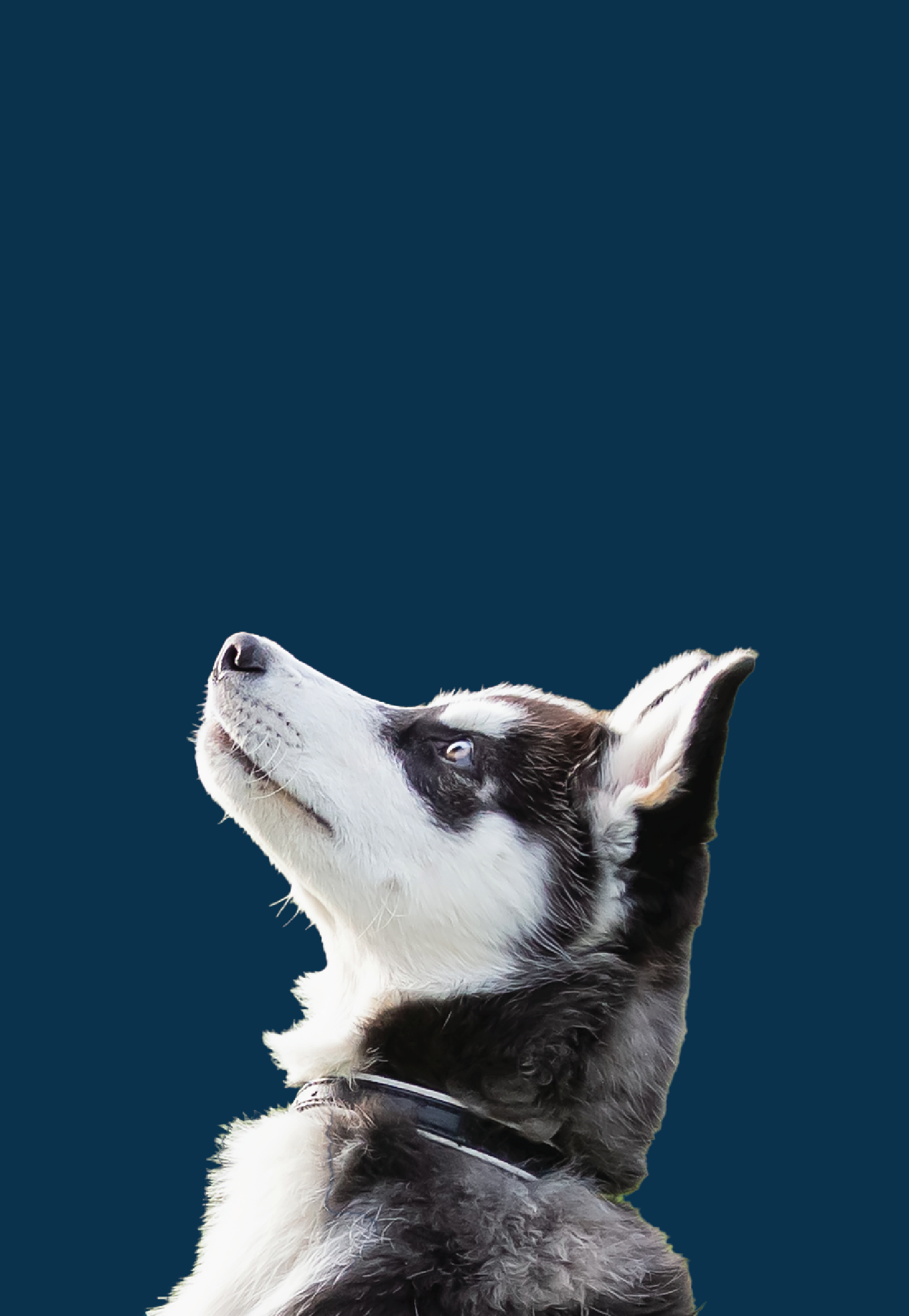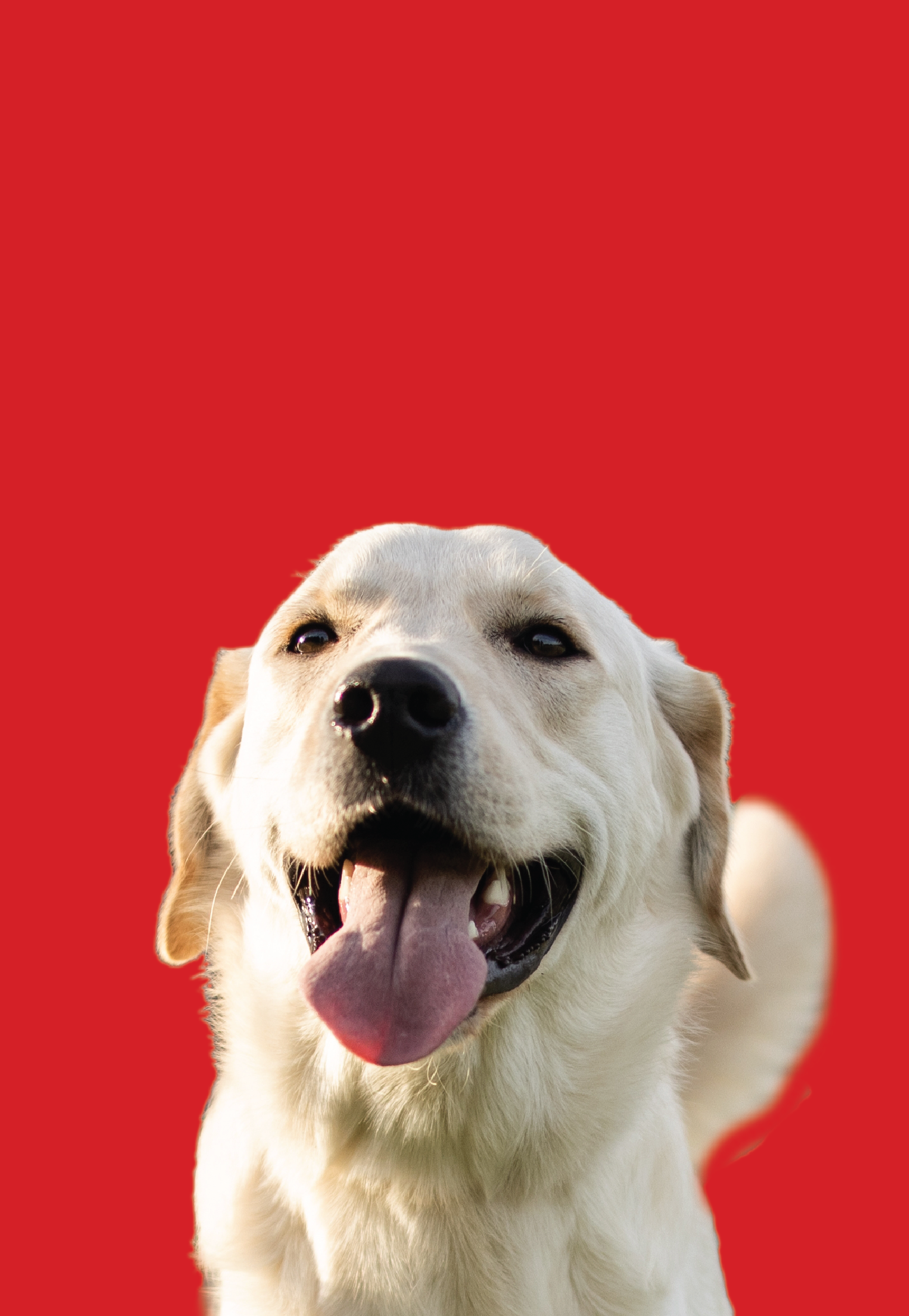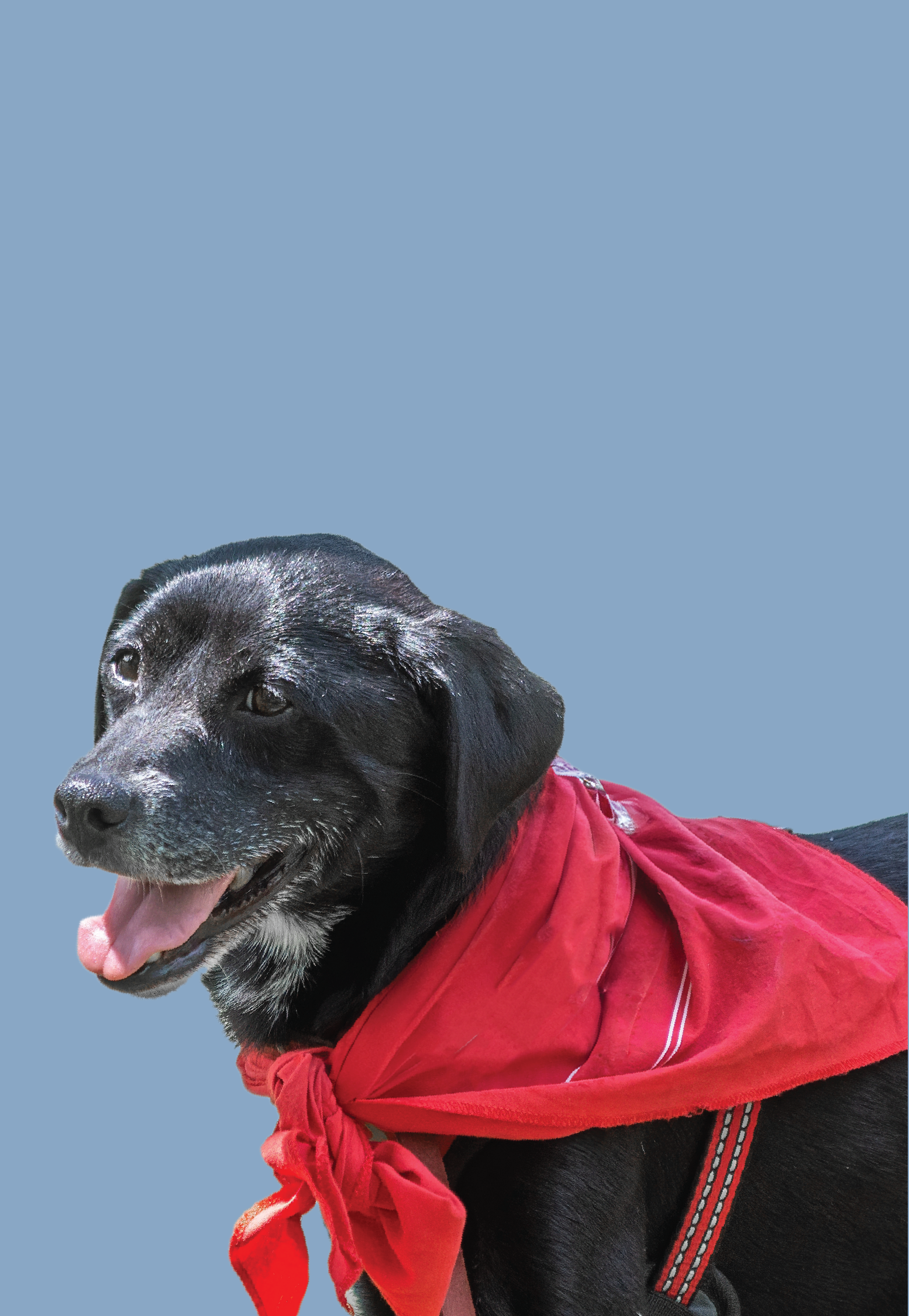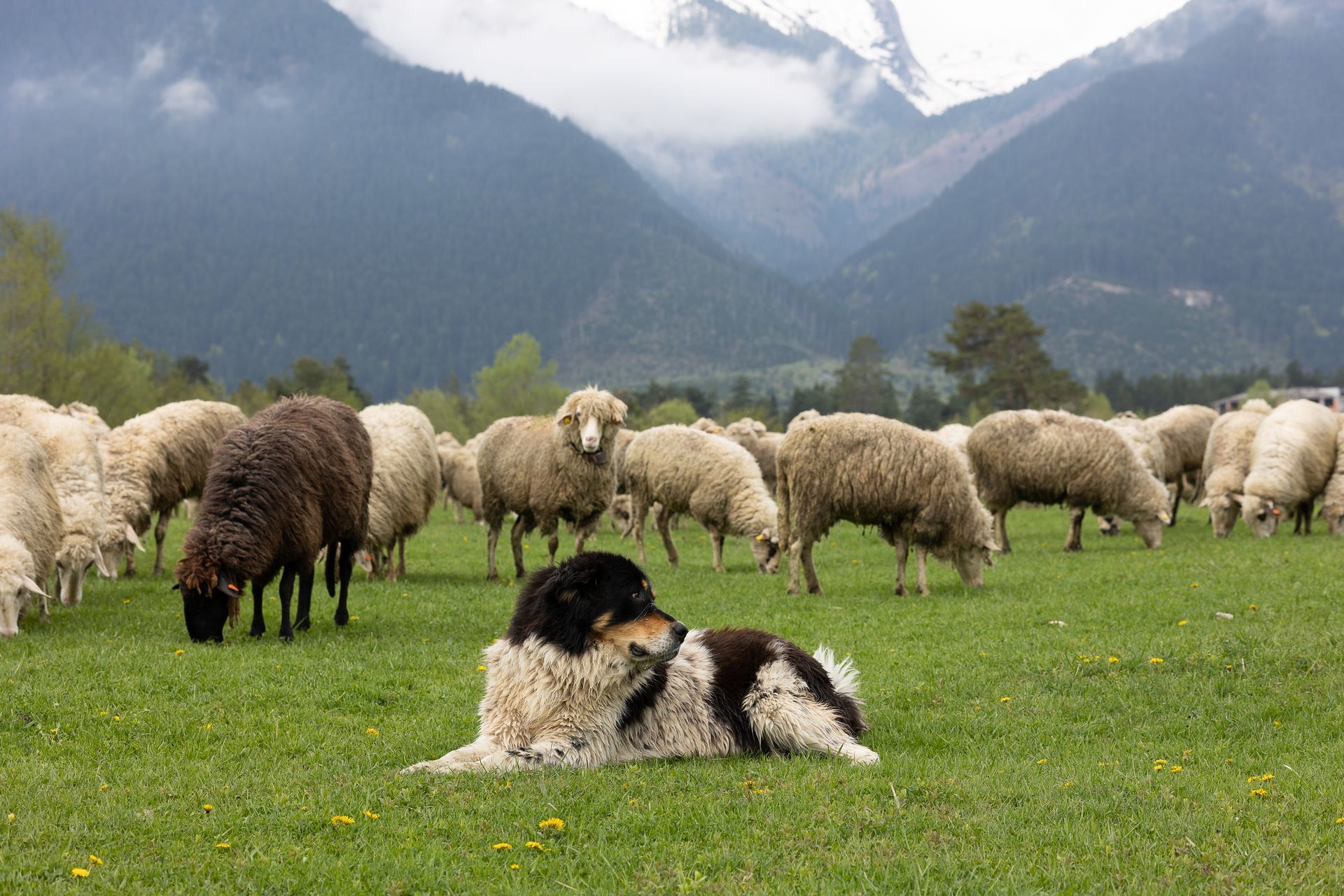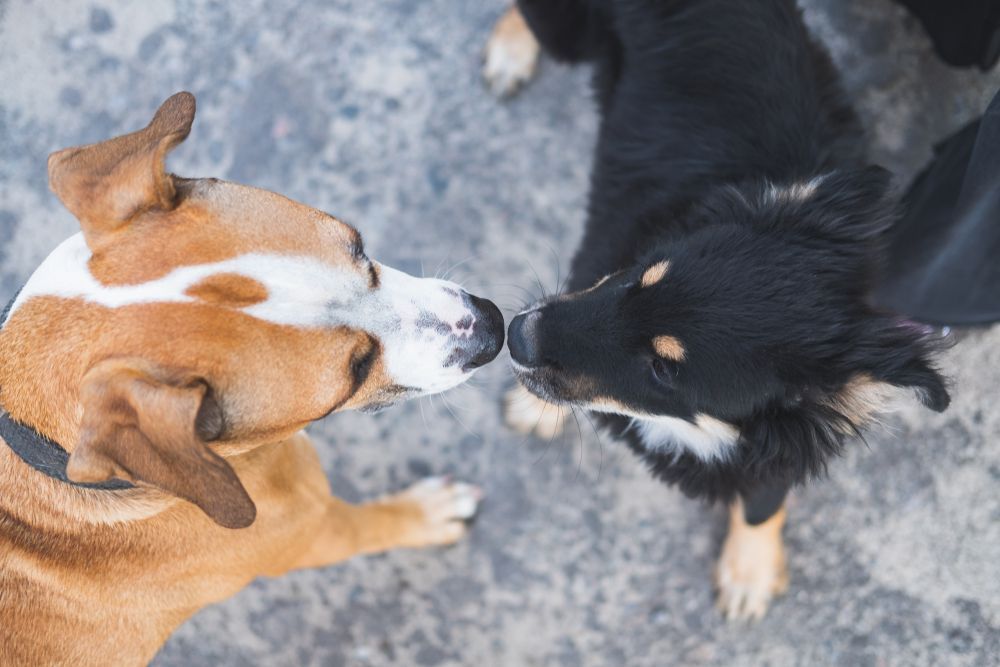Why Do Dogs Hate the Vet? How to Reduce Your Pet’s Fear
Share this Article:
Written by: Always Faithful Dog Training

Vet visits are critical for your dog’s health, but for many dogs, they can feel overwhelming. From trembling in the waiting room to outright panic, these experiences can be challenging. Understanding the reasons behind their fear and addressing the root causes, can make vet visits less stressful for both you and your dog.
Why Is My Dog Afraid of the Vet?
Vet visits can trigger fear for a variety of reasons. Identifying what makes your dog uncomfortable is the first step toward easing their anxiety.
Bad Past Experiences
Unpleasant memories, like receiving shots or being restrained, can leave a lasting impression on your dog. Even a single negative experience at the vet can make them wary of future visits.
Strange or Unknown Environments
Dogs thrive on routine and familiarity, so a trip to the vet can feel unsettling. From the cold, sterile exam rooms to unfamiliar smells and sounds, the entire environment is foreign to them. This sensory overload can make even confident dogs feel nervous or uneasy.
Anxiety
Some dogs naturally feel anxious in unfamiliar situations, while others may react to the stress of their owner or other animals. Because dogs are so attuned to human emotions, your own nervousness can amplify their fear, making the visit even harder for them.
Loud Noises & Strange Smells
Vet clinics are filled with sounds and scents that can overwhelm a dog’s sensitive senses. From barking dogs and clanging equipment to the unusual smells of cleaning products and medications, these sensory triggers can heighten a dog’s stress, increasing their discomfort.
Other Animals
Seeing or hearing unfamiliar pets at the clinic can make your dog feel uneasy, especially if those animals appear nervous or agitated. For dogs that are already uncomfortable around other animals, this adds another layer of stress.
Ways to Avoid Vet Fright in Your Dog
Helping your dog feel more at ease at the vet takes preparation and patience. With the right approach, you can transform these visits into more manageable experiences.
Remain Calm
Dogs are incredibly intuitive and often mirror their owner’s emotions. Staying calm and confident can help set the tone for a smoother experience. Speak to your dog in a relaxed, reassuring voice and avoid acting rushed or stressed, as this can amplify their fear.
Resist Reinforcing Their Behavior
It’s natural to want to comfort your dog when they’re scared, but excessive soothing or coddling can unintentionally reinforce their anxious behavior. Dogs interpret attention as approval, so if you reward their fear with extra affection or reassurance, they may believe their reactions are justified. Instead, remain composed, showing them there’s nothing to fear.
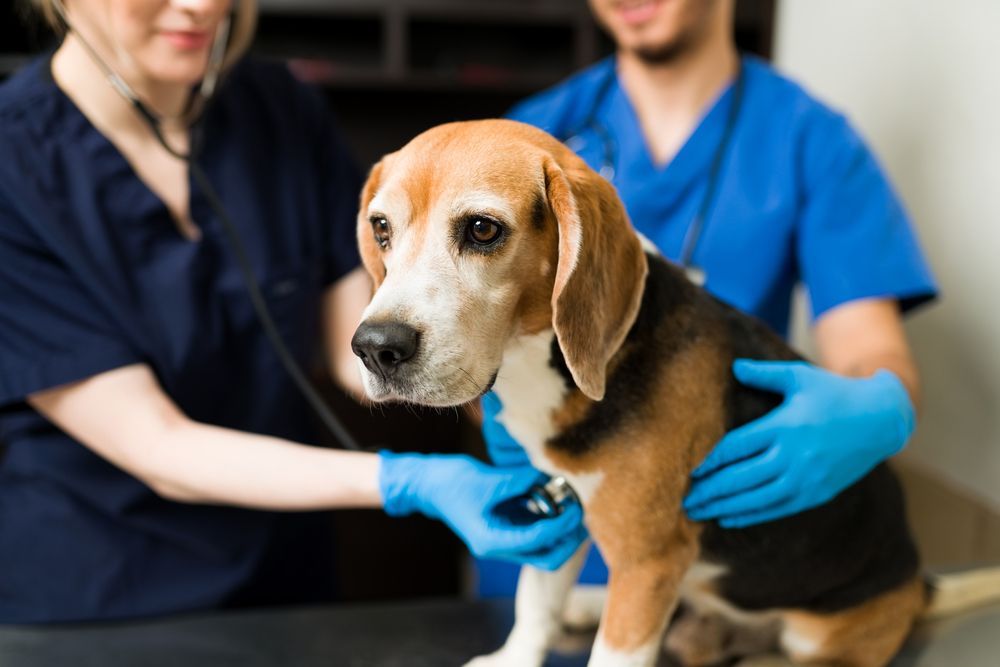
Get Them Used to Strange Environments
Gradually exposing your dog to new environments can help reduce their fear of the vet. Take short trips to different places, like parks or pet-friendly stores, to familiarize them with new sights, sounds, and smells. You can also visit the vet’s office outside of appointment times to let them explore and build positive associations with the space.
Prepare Yourself for the Appointment
Organizing everything you need—paperwork, leash, and comfort items—before the visit helps you stay calm and focused. Arrive on time and maintain a steady, confident demeanor to create a smoother experience for your dog.
What if My Dog Is Aggressive to the Vet?
Aggression at the vet is often a response to fear or insecurity. Dogs may lash out when they feel threatened or unsure of their surroundings. By establishing clear leadership and trust through proper training, you can help your dog feel more secure and less likely to act out in stressful situations.
Stress-Free Vet Visits Start with AFDT
Preparing your dog for a calm vet visit starts long before the appointment. At Always Faithful Dog Training, we focus on building a strong foundation of trust, respect, and leadership between you and your dog. Our methods are designed to address the root causes of unwanted behaviors by working with your dog’s natural instincts.
Through consistent, leadership-based training, you’ll gain the tools to confidently guide your dog through challenging situations like vet visits. With no treats, clickers, or gimmicks, our proven methods deliver lasting results and a balanced, confident partnership between you and your dog.
Find a Dog Trainer Near You
If vet visits have become a struggle, Always Faithful Dog Training can help. Our personalized, in-home training programs are tailored to your dog’s unique needs, giving you the tools to handle difficult situations with ease.
With trainers located across the country, it’s easy to find an expert near you. Take the first step toward stress-free vet visits and a stronger bond with your dog. Call or text Always Faithful Dog Training today to schedule an assessment and experience real training with real results.
Connect with Us:
